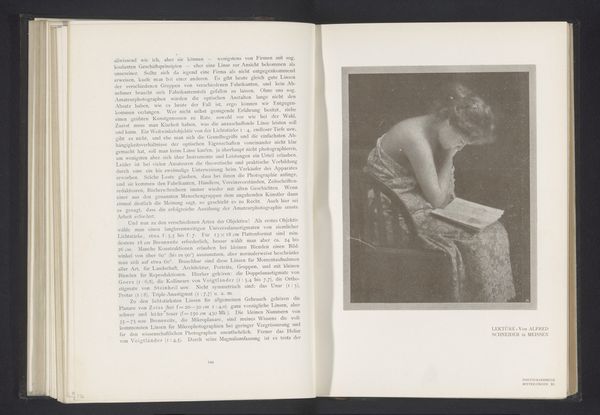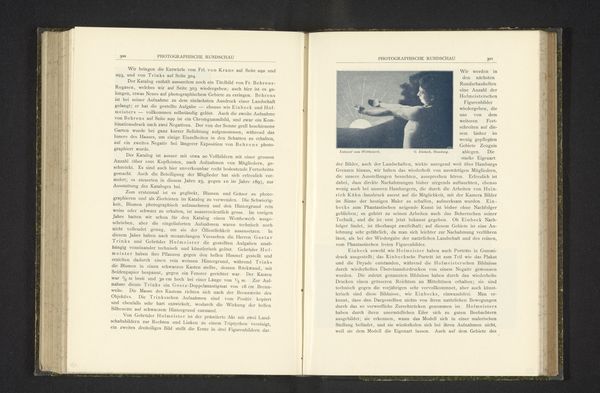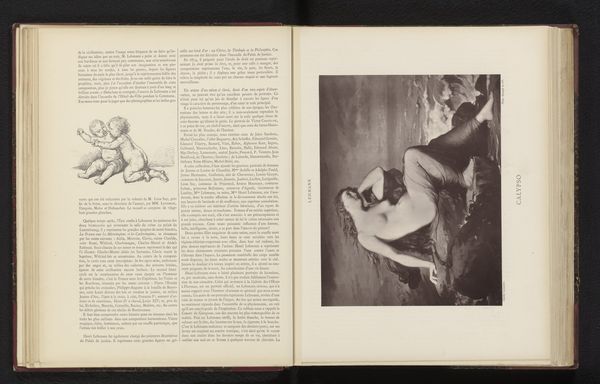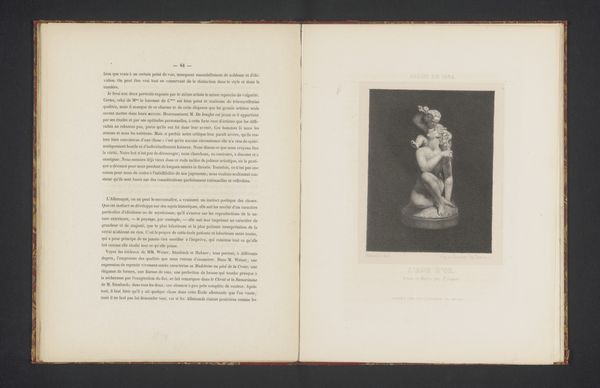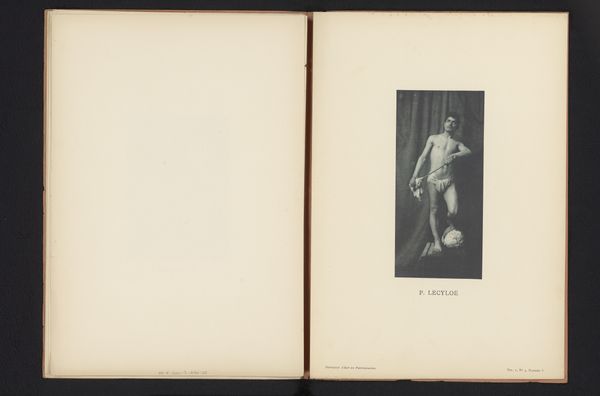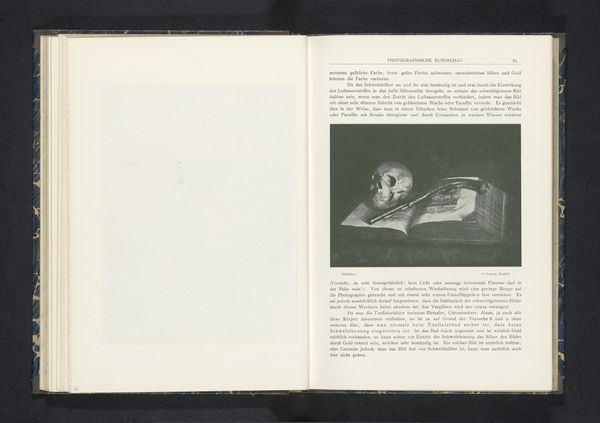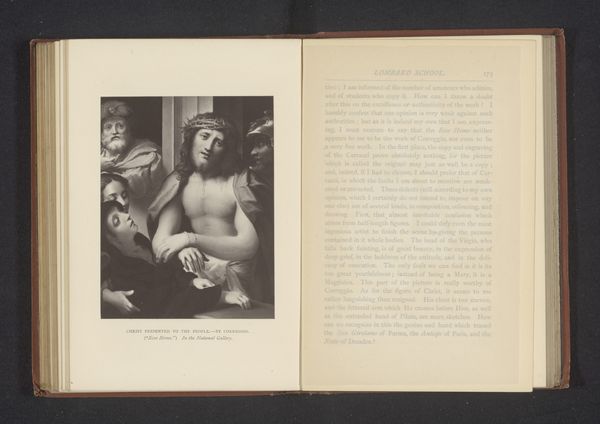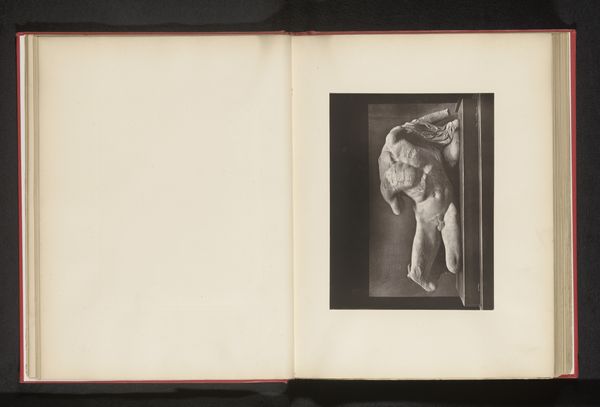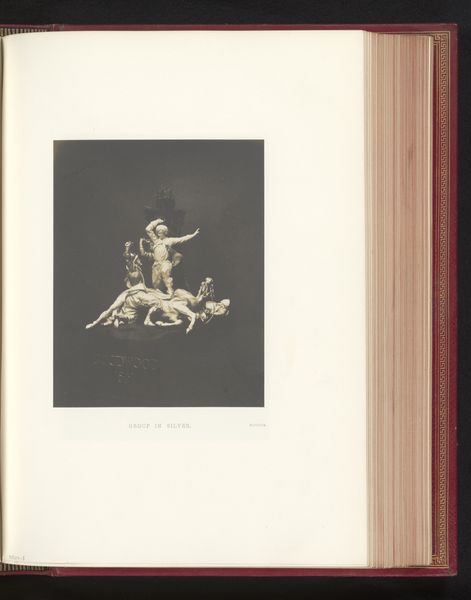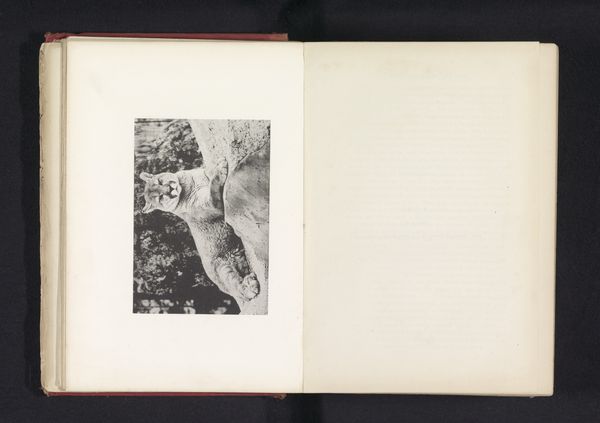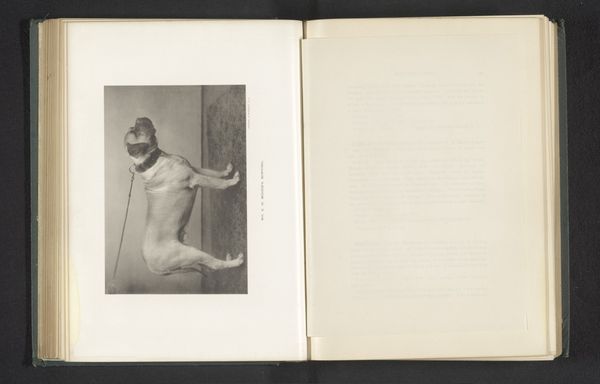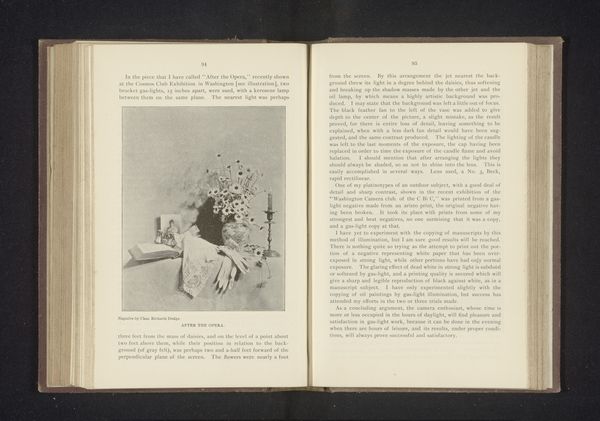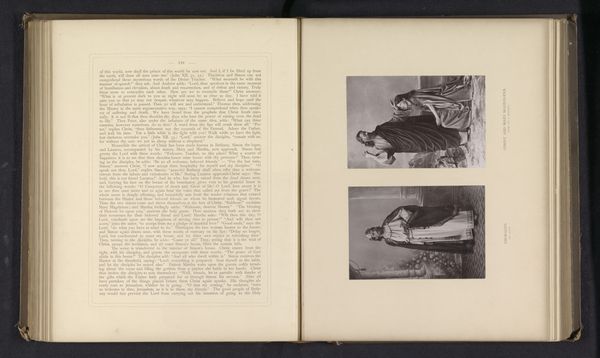
photography
#
portrait
#
flower
#
photography
#
symbolism
Dimensions: height 120 mm, width 160 mm
Copyright: Rijks Museum: Open Domain
Curator: This delicate photograph, titled "Portret van een onbekende vrouw met een bloem" or "Portrait of an Unknown Woman with a Flower," predates 1899. The artist is Ren\u00e9 Le B\u00e8gue, working firmly in the pictorialist style and experimenting with the relatively new medium of photography. Editor: My initial impression is one of gentle melancholy, or perhaps wistful resignation. The figure's pose, the slight downward tilt of her head, and the way she almost tentatively holds the flower all contribute to that. There’s also something quite studied and formal in the arrangement of light and shadow, despite its seeming casualness. Curator: Yes, Pictorialism really sought to elevate photography to the level of art by mimicking painting through soft focus and symbolic elements. This was crucial in photography's institutional acceptance into museums and galleries, then mostly focused on the “high arts.” The inclusion of the flower, often linked to Symbolism in the period, likely isn't accidental. Editor: Precisely. Consider the composition too. The upward reaching arm supporting a heavy-headed flower echoes the tilt of the head. This juxtaposition is visually interesting. We should note, as well, the play with light creates an almost ethereal, dreamlike texture on her skin. Curator: Indeed. Furthermore, placing such an artwork in photograph albums destined for amateur photographer collectors really amplified these artistic discussions within specific sub-cultural scenes of the late 19th century. These photograph albums often served to elevate artistic appreciation among the bourgeoisie, even in contrast to the older painterly genres. Editor: Interesting—viewed in that light, the subject and stylistic treatment together suggest more than mere beauty, perhaps a commentary on fragile femininity—even life's ephemeral qualities. But still, the interplay of dark and light fascinates; such strong compositional techniques allow so much depth. Curator: I find it so poignant. Through examining images like these, and how and where they circulated, we start seeing a nuanced discourse within middle-class culture, reflecting an openness to explore symbolic representations using an artistic vision available to both wealthy photographers and art collectors alike. Editor: Absolutely. Delving into it further has unlocked not just the formal mastery at play, but it has amplified how photography captured fleeting sensations and societal changes during that pivotal period of artistic experimentation.
Comments
No comments
Be the first to comment and join the conversation on the ultimate creative platform.
